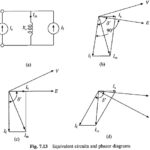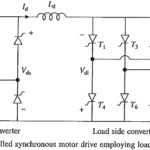Advantage and Disadvantage of Stepper Motors
Advantage and Disadvantage of Stepper Motors: Advantage and Disadvantage of Stepper Motors are as follows; Advantages They are compatible with digital systems and do not require digital to analog conversion…








